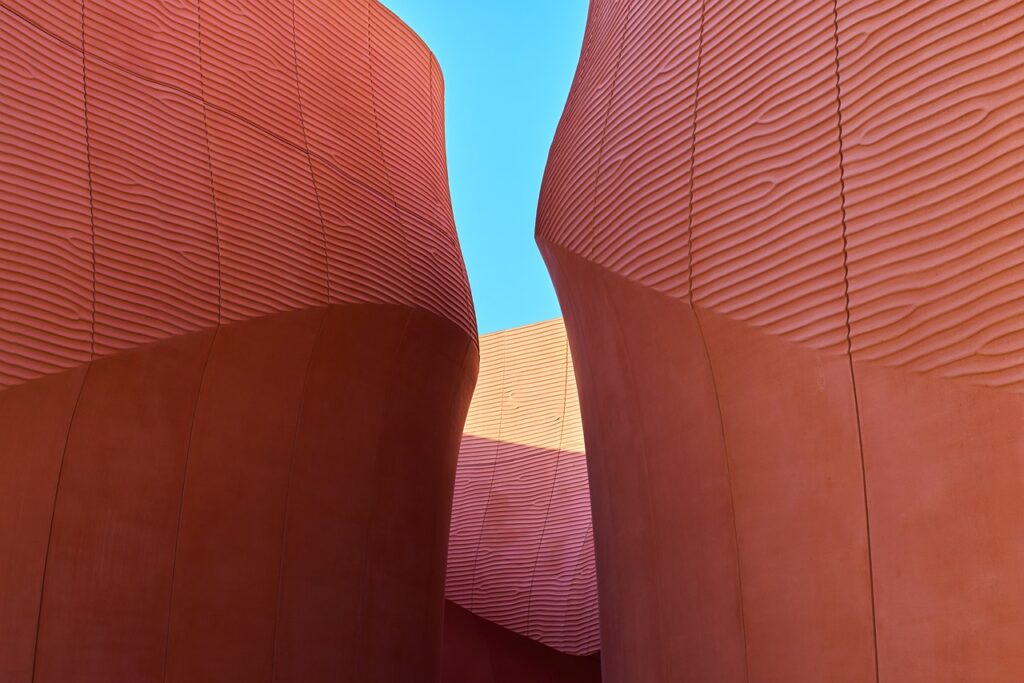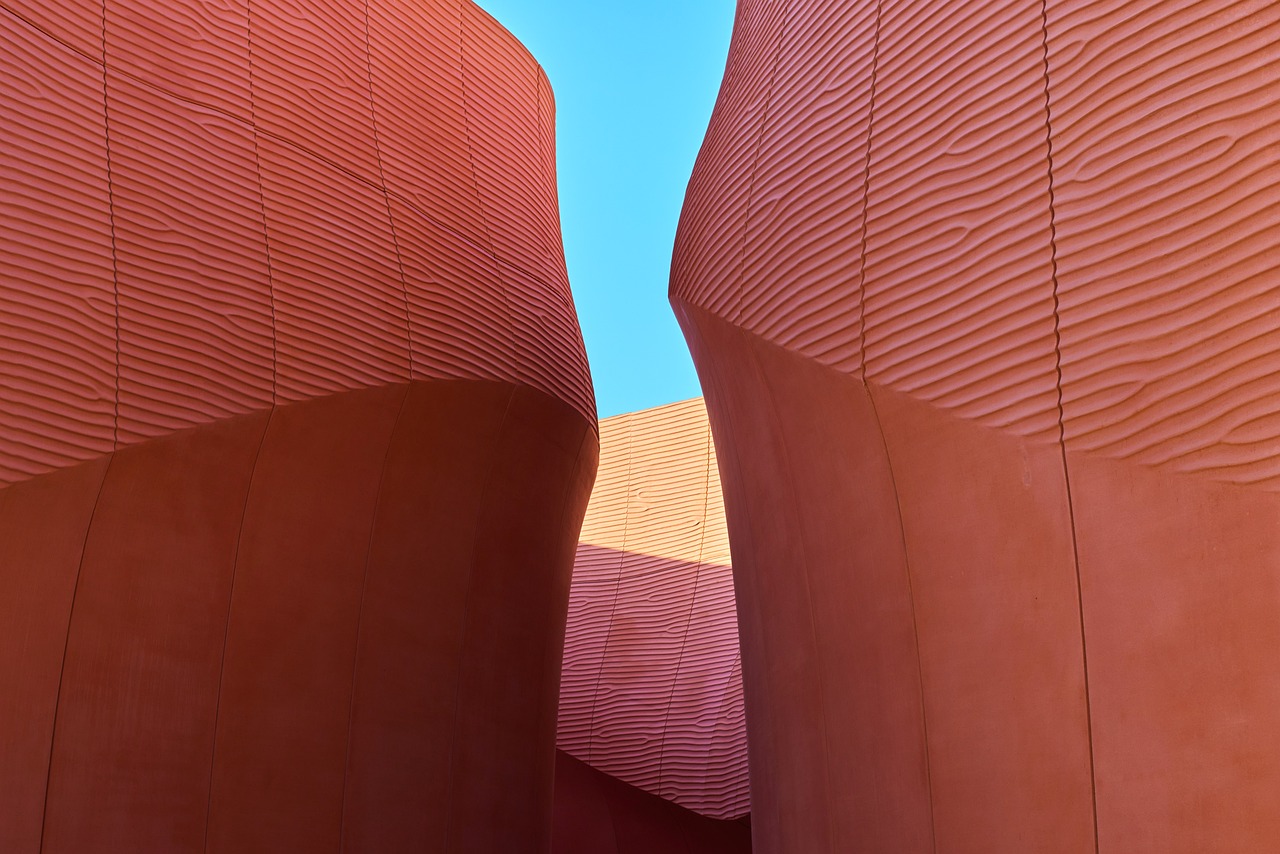To ensure a flawless display of your stunning metal mountain wall art, there are a few preparations you should make. First, take a close look at your art piece and ensure that it arrives in perfect condition. If any components need assembling or attaching, it’s best to do so before hanging it. Once that’s done, choose the ideal spot on your wall, ensuring it complements the overall aesthetics of the room. Then, gather the necessary tools such as a stud finder, level, measuring tape, and appropriate hanging hardware. By following these preparations, you’ll be ready to effortlessly transform your space with the captivating allure of metal mountain wall art.

Gathering the Necessary Tools
Before you begin hanging your metal mountain wall art, it’s important to gather all the necessary tools. This will ensure that you have everything you need at hand and can complete the task efficiently. Here are the tools you will need:
Measuring tape
A measuring tape is an essential tool for determining the dimensions and positioning of your metal mountain wall art. It will help you accurately measure distances and ensure that your art piece hangs straight and level.
Pencil or marking tool
A pencil or marking tool will be used to mark the exact spots on the wall where you will be installing the hanging hardware. It’s important to make precise marks to ensure that your art piece is aligned properly.
Level
A level is crucial for ensuring that your metal mountain wall art is hung straight. It will help prevent your art piece from appearing uneven or crooked on the wall. Use the level to check your marks and ensure that they are horizontally level.
Electric drill or screwdriver
An electric drill or screwdriver will be needed to create pilot holes in the wall or to screw in the hooks or brackets that will hold your metal art. This tool will make the installation process faster and more efficient.
Wall anchors and screws
Depending on the weight and size of your metal mountain wall art, you may need to use wall anchors to provide additional support. Wall anchors are particularly useful when hanging heavier art pieces or when the wall surface does not provide enough stability. Make sure to use anchors and screws that are appropriate for the weight of your artwork.
Hammer
A hammer may be required to tap in the wall anchors or to secure any nails or hooks that may be part of your hanging hardware. It’s always good to have a hammer on hand when working with various types of wall hangings.
Painters tape or masking tape
Painters tape or masking tape can be used to secure the bottom of your art piece to the wall. This will help prevent it from swinging or moving, especially in high-traffic areas or if you live in a region prone to earthquakes or vibrations.
Assessing the Weight and Size of the Art Piece
Before you start hanging your metal mountain wall art, it’s important to assess its weight and size. This will help you determine the best hanging method and ensure that the wall and hanging hardware can support the art piece.
Determine the weight of the metal mountain wall art
Start by checking the product specifications or contacting the manufacturer to determine the weight of your art piece. This information is crucial for selecting the appropriate hanging hardware and ensuring the stability and safety of your artwork.
Measure the dimensions of the art piece
Using a measuring tape, measure the height and width of your metal mountain wall art. This will help you determine the best placement on the wall and ensure that the space you choose can accommodate the size of the artwork.
Choosing the Hanging Location
Selecting the right location for hanging your metal mountain wall art is essential to enhance its visual impact and ensure that it complements the overall aesthetics of your space.
Select a suitable wall for hanging
Consider the available walls in your home or office and choose a suitable location for your metal art piece. It could be a focal point in a living room, a statement piece in a hallway, or a striking addition to a bedroom. Take into account the size, shape, and color scheme of the room to determine the best wall for showcasing your artwork.
Consider the overall aesthetics and visibility of the art piece
When choosing a wall, consider how the metal mountain wall art will interact with the surrounding elements in the room. Think about the lighting, furniture placement, and other decor items to ensure that your art piece stands out and grabs attention.
Ensure the wall can support the weight of the metal art
Make sure the wall you choose can support the weight of your metal mountain wall art. If your artwork is particularly heavy, consider installing it on a load-bearing wall or using additional support such as wall anchors or brackets.
Preparing the Wall Surface
Before you begin installing the hanging hardware, it’s important to properly prepare the wall surface to ensure a secure and long-lasting hanging setup.
Clean the wall surface
Ensure that the wall surface is clean and free from any dust, dirt, or debris. Use a dry cloth or a mild cleaner to wipe down the wall and remove any grime that may affect the adhesion of the hanging hardware.
Fill any holes or imperfections with spackling paste
Inspect the wall for any existing holes, cracks, or imperfections. Use spackling paste or a similar filler to fill these gaps and create a smooth surface. Allow the paste to dry completely before moving on to the next step.
Sand and smooth the patched areas
Once the spackling paste is dry, use sandpaper to gently sand the patched areas. This will help create a smooth finish and blend the patched spots with the rest of the wall surface. After sanding, wipe away any dust with a clean cloth.
Repaint or touch up the wall if necessary
If the patched areas are noticeable or if you want to refresh the entire wall, consider repainting or touching up the paint. Choose a color that complements your metal mountain wall art and ensure that the paint is dry before proceeding with the installation.

Measuring and Marking the Hanging Points
To ensure that your metal mountain wall art hangs perfectly straight and level, you need to take accurate measurements and mark the exact spots where the hanging hardware will be installed.
Measure the desired distance between the hanging points
Using your measuring tape, measure the distance between the hanging points on the back of your metal art piece. This will help you determine how far apart the screws or hooks on the wall should be.
Mark the exact spots for the screws or hooks
Place your metal mountain wall art against the wall in the desired location. Using a pencil or marking tool, mark the exact spots where the screws or hooks will go. Make sure the marks are at the same height and level to ensure a straight hanging setup.
Use a level to ensure accurate placement
Before drilling any holes or inserting screws, use a level to double-check the accuracy of your markings. This will help you ensure that your metal art piece hangs straight and level on the wall.
Drilling Pilot Holes or Installing Wall Anchors
Depending on the type of wall and the weight of your metal mountain wall art, you may need to drill pilot holes or install wall anchors for added stability.
Use an electric drill to create pilot holes
If you’re installing hooks or screws directly into a wooden wall, use an electric drill with an appropriate drill bit to create pilot holes. This will make it easier to insert the hooks or screws and minimize the risk of splitting the wood.
Insert wall anchors if needed
If you’re hanging your metal art on a drywall or plaster wall, it’s recommended to use wall anchors. These provide extra support and prevent the screws from becoming loose over time. Use a hammer to gently tap the anchors into the pre-drilled holes.
Ensure the holes or anchors are appropriate for the size of screws or hooks
Make sure that the size of the pilot holes or wall anchors matches the size of the screws or hooks you will be using. This will ensure a secure fit and prevent any damage to the wall.

Attaching Hooks or Brackets to the Wall
Once the pilot holes or wall anchors are in place, it’s time to attach the hooks or brackets that will hold your metal mountain wall art.
Screw hooks directly into the drilled holes or wall anchors
If you’re using hooks, simply screw them into the pilot holes or wall anchors until they are firmly in place. Ensure that the hooks are facing upwards and are level with each other.
Install brackets if necessary for larger or heavier art pieces
For larger or heavier metal art pieces, brackets may provide additional support. Align the brackets with the pilot holes or wall anchors and attach them using screws or bolts. Make sure the brackets are securely fastened and level.
Ensure the hooks or brackets are securely fastened
After attaching the hooks or brackets, give them a gentle tug to ensure they are securely fastened to the wall. If they feel loose or wobbly, tighten the screws or bolts until they are snug.
Attaching Hanging Wire or D-rings to the Art Piece
Before you can hang your metal mountain wall art, you need to attach the appropriate hanging hardware to the back of the art piece.
Decide on the hanging method: wire or D-rings
Choose the hanging method that best suits your metal art piece. You can use either a wire or D-rings, depending on the design and structure of your artwork.
Attach the chosen hanging hardware to the back of the metal art
For wire hanging, thread the wire through the holes or loops on the back of your metal art piece. Twist the ends of the wire together tightly to create a secure loop. For D-rings, attach them to the sides or top corners of the art piece using screws or small nuts and bolts.
Ensure the hardware is centered and securely attached
Check that the hanging wire or D-rings are centered and evenly attached to the back of the metal art. This will help ensure that the artwork hangs straight and level on the wall.
Testing the Hanging Setup
Now that your metal mountain wall art is equipped with the necessary hanging hardware, it’s time to test the setup and make any necessary adjustments.
Hang the art piece on the hooks or brackets
Lift your metal art piece by the hanging wire or D-rings and carefully place it onto the hooks or brackets on the wall. Take a step back and inspect the positioning of the artwork.
Check for levelness and adjust if necessary
Use a level to check if your metal mountain wall art is hanging straight. If needed, adjust the positioning of the artwork by slightly lifting it off the hooks or brackets and repositioning it. Continue making small adjustments until the art piece is level.
Apply gentle pressure to ensure stability
Once the metal art is hanging straight and level, apply gentle pressure to ensure that it is securely in place. This will help verify that the hooks or brackets are strong enough to support the weight of the artwork without any wobbling or shifting.
Enhancing Safety and Security
To enhance the safety and security of your metal mountain wall art, there are a few additional steps you can take.
Use painters tape or masking tape to secure the bottom of the art piece to the wall
If your metal art tends to swing or move, particularly in high-traffic areas or if you live in an area prone to vibrations, you can use painters tape or masking tape to secure the bottom of the art piece to the wall. This will minimize movement and ensure the art remains in place.
Consider adding additional support or brackets for extra security
For larger or heavier metal mountain wall art pieces, you may want to consider adding additional support or brackets to provide extra security. This can help distribute the weight more evenly and reduce the strain on the hanging hardware.
Regularly inspect the hanging setup for any signs of damage or loosening
It’s important to periodically inspect your metal mountain wall art’s hanging setup for any signs of damage, loosening, or wear. Check the hooks, brackets, wire, or D-rings for stability and tighten any screws or bolts as needed. This will help ensure the long-term safety and enjoyment of your artwork.
By following these steps, you can confidently hang your metal mountain wall art and create a stunning focal point in your space. Enjoy the beauty and tranquility it brings while knowing that it is securely and safely displayed for all to admire.
